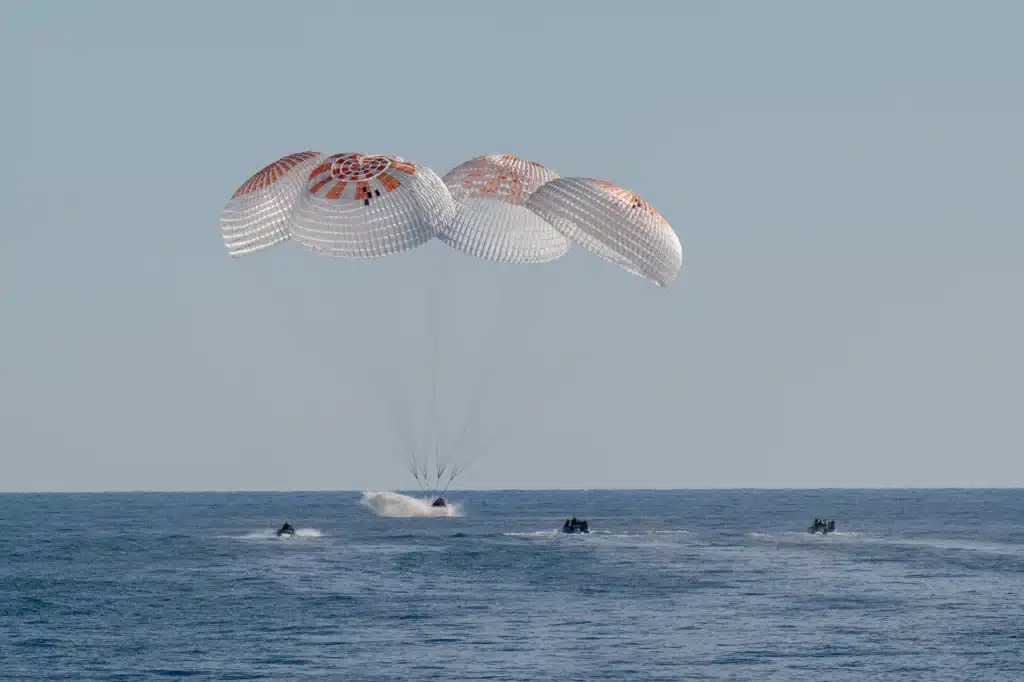In a stark warning that extends beyond terrestrial borders, former NASA Administrator Jim Bridenstine emphasized the growing threats to U.S. space infrastructure posed by China and Russia.
Speaking on Fox News, Bridenstine highlighted how space has become the new frontier for both economic resilience and national defense, urging the public and policymakers to recognize the vulnerabilities and strategic imperatives emerging in orbit.
Highlights
- China’s anti-satellite capabilities pose a significant threat to U.S. military and commercial systems.
- Greenland’s U.S. Space Force base is pivotal for missile warning and orbital surveillance.
- The U.S. Space Force was created to build resilience against space-based threats.
- China’s aggression in space is tied to broader geopolitical ambitions, including the strategic importance of Taiwan.
- America must invest in stealth, undersea, and space-based technologies to maintain its deterrence posture.
A War Without Borders: Why Space Matters
Bridenstine stressed that space is not just the realm of astronauts and satellites—it underpins critical facets of daily American life. From GPS signals and banking transactions to national power grids and missile warning systems, the modern economy and national defense apparatus rely heavily on stable space operations.
“Whether it’s banking or missile warning, our lives are dependent on what’s happening in space.”
Greenland: America’s Space Sentinel
Central to this effort is the U.S. Space Force base in Greenland. This installation plays a key role in missile detection and orbital monitoring, especially over the North Pole region, a strategic corridor for global satellite movement.
Control and surveillance over this domain are essential for maintaining a resilient space-based infrastructure.
The China Challenge: From Observation to Obliteration
China has been closely monitoring U.S. military operations for decades, particularly how American forces utilize space for intelligence, precision strikes, and logistics. In response, Beijing has developed an array of space-denial tools:
- Direct-ascent anti-satellite missiles
- Satellite killers capable of disabling enemy assets
- Electronic warfare tools such as jamming and spoofing
- Laser systems to blind or confuse U.S. surveillance satellites
These efforts represent a concerted strategy to nullify America’s asymmetric advantage in space.
Trump’s Space Force: A Strategic Legacy
Bridenstine credited President Donald Trump for the establishment of the U.S. Space Force, asserting that the decision was a pivotal shift in military preparedness.
“It wouldn’t have happened without President Trump’s vision… and he got it done faster than you could imagine.”
The Space Force serves as a dedicated branch to counter threats in orbit and ensure that the U.S. remains agile and equipped in an increasingly contested domain.

Taiwan: The Microchip Flashpoint
Beyond space, China’s fixation on Taiwan is driven largely by the island’s control over advanced semiconductor manufacturing. Any Chinese move to seize Taiwan would necessitate blocking U.S. intervention. This is where Beijing’s development of stealth systems, hypersonic missiles, and orbital warfare capabilities comes into play.
Bridenstine emphasized the strategic importance of U.S. dominance in stealth, undersea warfare, and space, which is necessary to penetrate China’s “anti-access/area-denial” (A2/AD) systems and safeguard Taiwan.
Eyes to the Skies
The United States is no longer merely competing in space; it is being actively challenged. The peaceful use of space is under threat from adversaries seeking asymmetric advantages.
Bridenstine’s message is a call to arms—not in a conventional sense, but in a strategic pivot toward defending the celestial infrastructure that undergirds national power.






